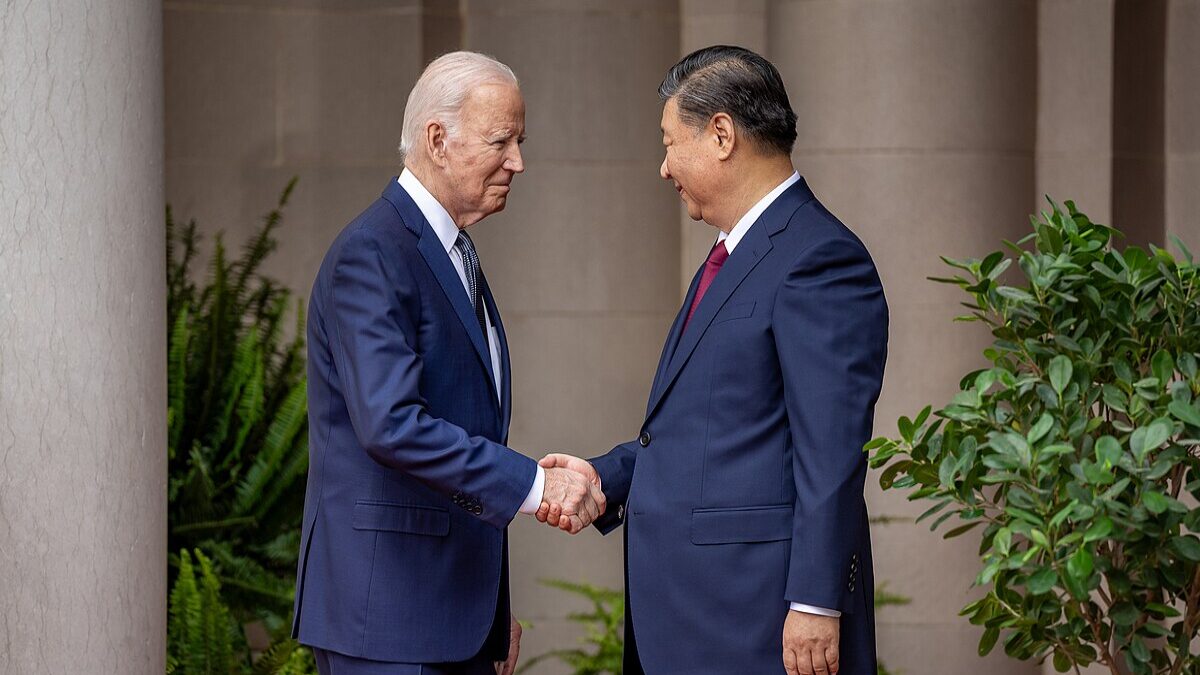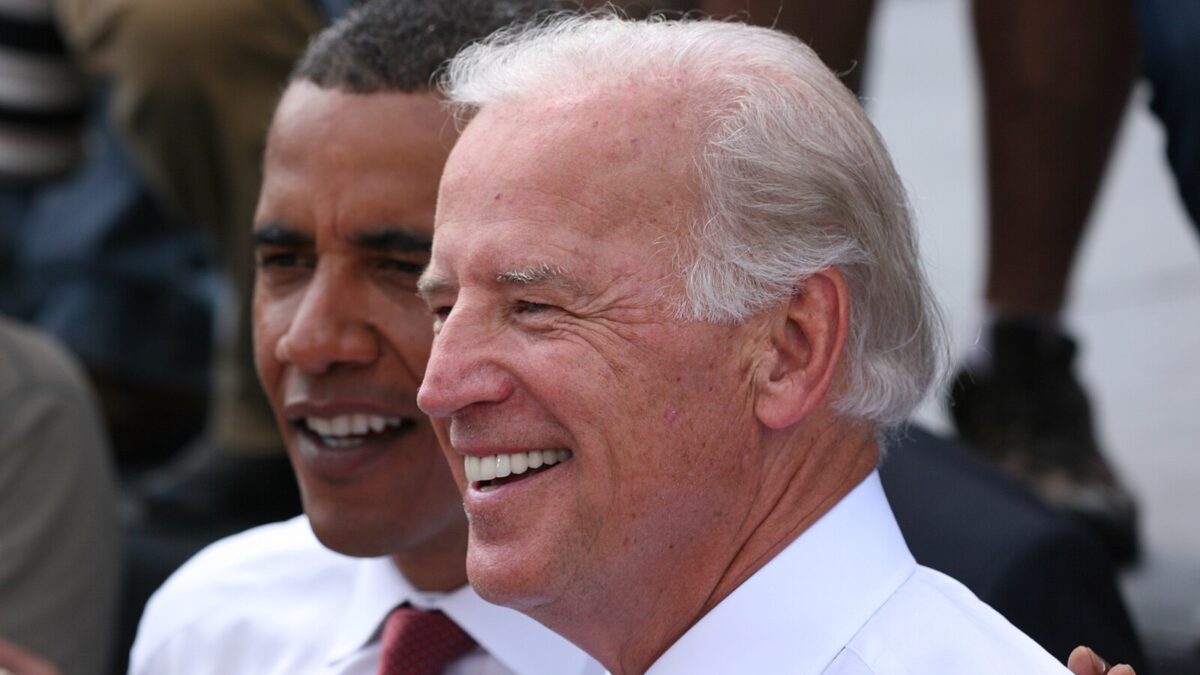
Brown University’s Watson Institute is out with a new report on the cost of America’s post-9/11 Middle East wars. Assuming current spending trends continue, the tab will reach $6.4 trillion through fiscal year 2020.
That’s $3.4 trillion spent directly on overseas operations, about $1 trillion in Department of Homeland Security spending, almost $1 trillion in interest on the debt resulting from the spending, and an additional $1 trillion to care for the veterans of these wars over the next several decades.
The Damage of Endless Wars in the Middle East
According to the report, 21 million have been displaced, and a quarter-million civilians have been killed in the Middle East and African wars in which America is involved. Of course, much of this unrest isn’t America’s fault, but by pursuing regime change policies and overthrowing dictators — including Saddam Hussein in Iraq and Muammar al-Qaddafi in Libya — Washington’s actions have destabilized countries and provided openings for increased terror and sectarian strife.
Even when Washington and its Sunni-Muslim allies attempted to overthrow dictator Bashar al-Assad in Syria, unrest and human suffering ensued. Washington spent at least $1 billion a year attempting to arm “moderate rebels” in Syria, who were to fight the Assad regime. The program was wildly unsuccessful and ended up arming jihadists. Aside from this program, our policymakers turned a blind eye to Gulf allies such as Saudi Arabia arming jihadists, including al-Qaeda and its affiliates.
The CIA helped countries such as Turkey, Saudi Arabia, and Qatar get Western weapons into Syria, many of which ended up in the hands of radical jihadists. Incidentally, the root of the Benghazi scandal, including the presence of relatively unguarded Americans in Libya, was possibly the CIA running a “rat-line” of weapons into Syria. The large cache of Saudi- and U.S.-supplied weapons floating around in Syria and Iraq heavily aided even the rise of the Islamic State.
The worst part about these interventions is when Washington wrecks something, it owns it. Witness the fact that U.S. troops are still in Syria and Iraq. And America’s presence in Afghanistan is nearing two decades, even though the Taliban currently controls the same area of land it did a decade ago.
Our Hotel California Foreign Policy
Despite this record of failure, we incessantly hear that prolonging U.S. military intervention is necessary. The bureaucracy stands starkly opposed to any military exit, even to the point of thwarting a president’s wish to withdraw. Meanwhile, these same voices clamor for increased American intervention whenever bad things happen in some countries, even while ignoring human rights violations in others.
For example, the media consistently whitewashed the Syria rebels, who were often jihadists responsible for all sorts of atrocities. Instead, it painted these rebels as U.S. allies and a reason for greater intervention. And following reports of Assad using chemical weapons, many in the media praised the bombing of Syria in response.
But during the Obama administration, the media largely ignored atrocities committed in Yemen’s civil war, where Sunni Saudi Arabia was using U.S. weapons against Shia Houthi Muslims. Yemen’s humanitarian crisis started in 2015, but for some reason, the American media only discovered the issue several years later.
This prevailing outcry for intervention, and mass condemnation against any withdrawal, means America’s involvement in the world has become a one-way door. Just like the Hotel California, we can enter any time we like, but we can never leave. That’s why the United States has counter-terror operations ongoing in 80 countries, including 20 countries in Africa that most Americans rarely hear about.
This Isn’t Prudent, It’s Just Plain Stupid
Returning to the $6.4 trillion spent so far, we must ask what benefit this has brought the American people. The short answer: not much. Government’s size is measured by how much it spends, not by how much it taxes. By definition, this is a big-government policy. And while much of this spending isn’t covered by taxes, there’s no such thing as a free lunch. It’s still paid for via debt and inflation.
That debt is over $23 trillion, and the amount of money we spend more than we take in each year is at a whopping $1 trillion. Before Trump, Republicans at least gave lip service to cutting domestic spending and reforming entitlements, but they always gave Democrats domestic spending hikes in return for increased military spending. That’s why as long as the Pentagon is a sacred cow, we will never balance the budget.
Does that entail defunding the military? By no means. If we weren’t in 80 countries, the defense budget could easily be smaller than $700 billion, which is higher in real terms than the budget was when President Ronald Reagan was out-spending the Soviet Union — and today it’s almost as much as the military spending of the next eight countries combined.
We are spending so much now because we are asking our troops to do too much. If we stop being the world police, we can have all the ships and planes we need to keep us and our troops safe.









